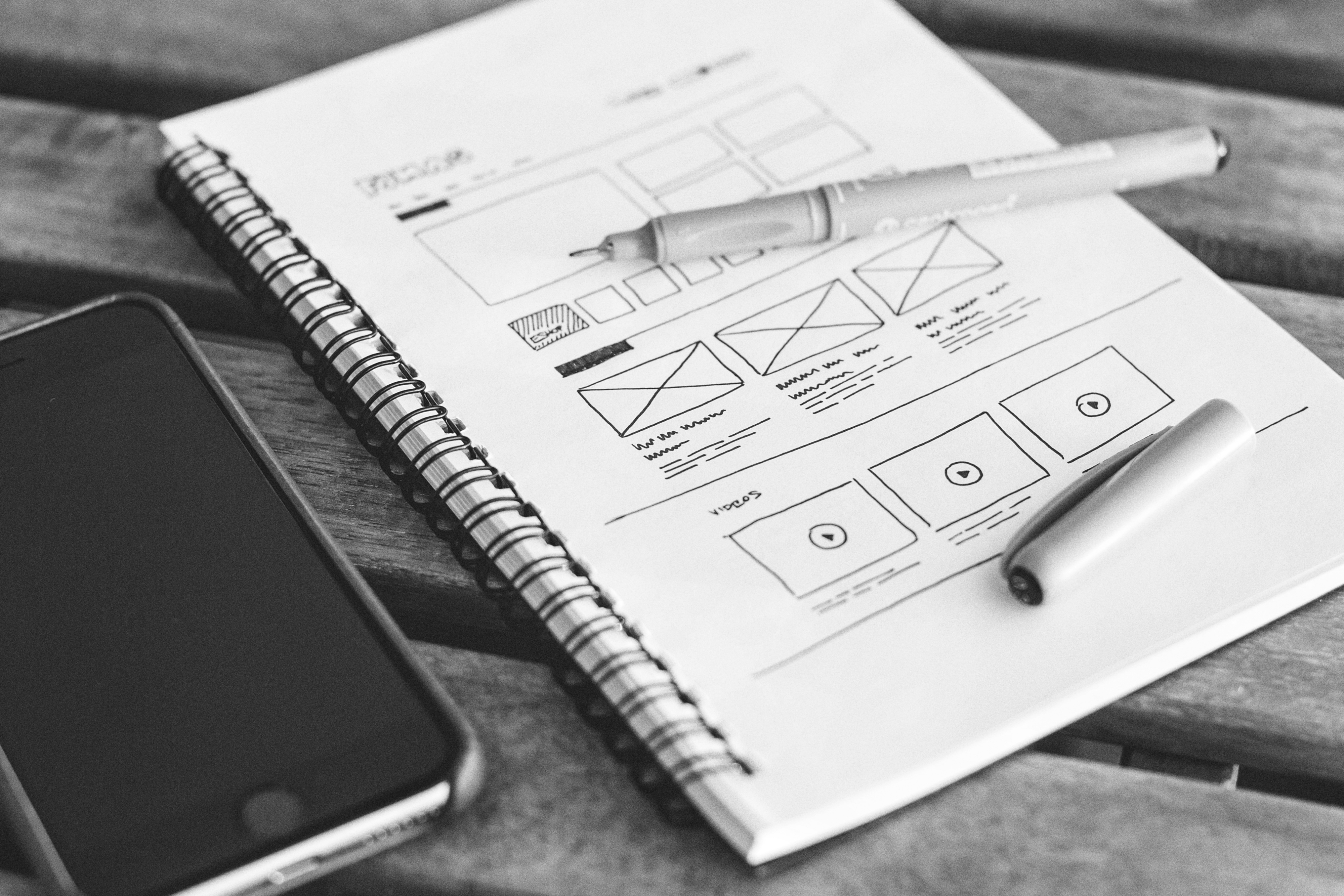Recently, I was on a website on my phone looking for information about the business. I clicked a link to a page that I thought would have the answer to my question, only to find what looked to be a blank screen. I assumed I had reached an error page, and finally realized that the information was in the center of the page in desktop view, so I was only seeing a portion of the screen.
This was poor user experience. I can’t imagine how many people clicked away thinking they weren’t getting the information, like I almost did. Some people have to have left the website because they couldn’t see anything on their mobile device.
I’ve also been on websites where I can’t find the most basic information, like the hours of operation or ways to contact them. Somebody coming to your website should not have to search too hard to find this kind of information.
Put the Website User First
No matter the reason for your website, you need to think about the end user and his or her experience. If you don’t, he or she will likely not find the answer or solution and could leave dissatisfied and move on.
At a very high level, there are a few things you need to consider when setting up a website.
Goal
Define the goal(s) and purpose of your website. Ask yourself things like:
- Why do you have a website?
- What do you want to convey or let visitors know?
- What is your overall goal for the website? (Let people know about you or your company or service? Be a resource for information? Provide entertainment? Something else?)
Thinking about these things and knowing the answers will give you a clear direction that you are creating a website that has what you and your visitors want.
Make sure the website has all the information you want to share and people might need to know.
Audience
Think about who you would ideally want to have visiting your website. Have a persona (a profile of a typical user or visitor) in mind.
To get that, determine general information about your current or desired visitors, including:
- Age
- Gender
- Location
- Interests
- Time spent in site
- Where they look on site
- Actions they take
- Anything that might be specific to your website that you can find out about them, such as their job title or function, any decision-making abilities they have, etc.
How?
Established website: Pull information from your website metrics or anything you know about your users. This could include information from current clients or readers you’ve talked to in real life, or getting information on social media followers. Many social media platforms provide insights into who follows you.
New website: Consider your ideal visitor or client. Make a persona based on that person, and once you have information on visitors, guests or clients, add or update the persona based on new information.
Appearance
When creating or deciding what you want the website to look like, it should match the reason for the website. For example, if you are displaying your design capabilities, you want a website with a lot of visuals. I wanted my homepage to tell about me, what I do, and ways we can work together. within that description, you can click to other parts of my website, or you can find the other pages of my website via the menu at the top.
Device design: No matter the appearance of your website, you need to consider what it looks like on different devices and screen sizes. Your website should be created so it will adjust to any size screen and look good. This is called having a mobile-friendly or responsive design. Look at how the website looks on different types of devices, and adjust accordingly.
(Google can run a test of how mobile friendly a page is, and if there are issues loading it.)
Images: Images add value to a website in a variety of ways:
- People read first with their eyes, so it can draw them in and tell them what to expect from the website
- Images that are tagged correctly can be of benefit in search engine results
- When a web page is pulled into a social media account, the image will come with it. When people are scrolling through a sea of social media links, an image will stand out.
The most important thing is to make your website is designed in a way that puts the user first the way he or she would navigate around the website.
Information
Include all the important information in your website, and make it easy and intuitive to find.
Consider what kind of information should be on the front page and at the top. This is the first thing visitors will see, and you want to give a strong first impression. Should you be introducing yourself and the point of your website? Should the landing page be the page that lists something specific like your blogs or how they can contact you or visit a physical location?
If people are going to want to contact you often, don’t bury the ways they can get ahold of you deep in your website where it’s hard to find. Make important information easy to find, and consider putting it in multiple places (for example, at the top and bottom of every page and on a dedicated page that’s clearly marked in the menu).
Help With Getting Started or Current Website Audit
Still not sure where to start, want to talk to somebody more or have a current website you want assessed? Contact me and let me know what you’re thinking, and we can talk about how your website can meet your goals and needs.
